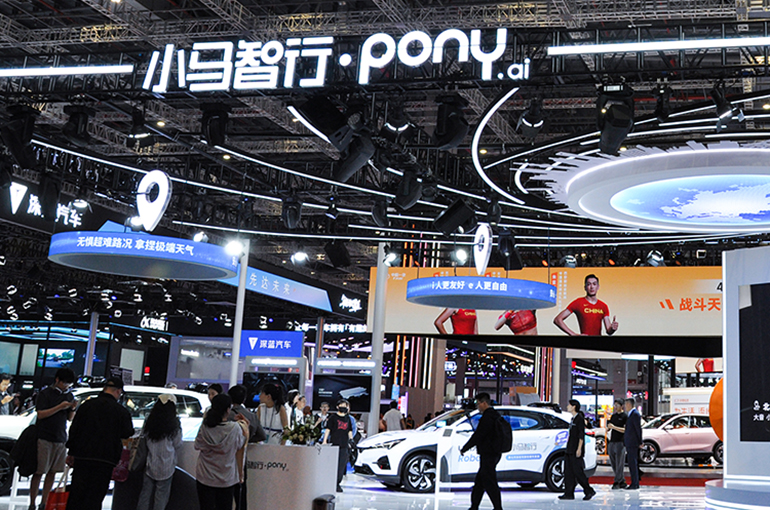 Pony AI's Stock Drops After Chinese Self-Driving Startup's Net Loss Widens 72% in Second Quarter
Pony AI's Stock Drops After Chinese Self-Driving Startup's Net Loss Widens 72% in Second Quarter(Yicai) Aug. 13 -- Shares of Pony AI fell after the Chinese self-driving technology startup said its net loss widened 72 percent in the second quarter of the year from a year ago, mainly due to a rise in operating expenses.
Pony AI [NASDAQ: PONY] closed 3.5 percent lower at USD14.36 a share in New York yesterday.
Net loss was USD53.3 million in the three months ended June 30, the Guangzhou-based company announced yesterday. Revenue soared 76 percent to USD21.5 million, driven by a surge in income from Robotaxi services and licensing and applications.
Pony AI's operating expenses surged 75 percent to USD64.7 million due to increased investments in mass production and the research and development of its Gen-7 Robotaxi. R&D expenses jumped 69 percent to USD49 million, primarily because of investments in the mass production of the Gen-7 and increased employee compensation and benefits to strengthen technological capabilities.
"This quarter marked a significant milestone in our journey toward large-scale production and deployment, further solidifying our leadership in the Robotaxi industry," said James Peng, chairman and chief executive officer of Pony AI.
"Since mass production started two months ago, over 2,001 Gen-7 Robotaxi vehicles have rolled off the production line, putting us firmly on track to hit the year-end 1,000-vehicle target," Peng added. "Our robust Robotaxi revenues more than doubled, with fare-charging revenues surging by over 300 percent year-over-year."
Revenue from robotaxi services soared 158 percent to USD1.5 million, Pony AI said. Licensing and applications income skyrocketed 902 percent to USD10.4 million, mainly driven by increased orders and deliveries of autonomous domain controller products, supported by rising demand from new and existing clients in the robot-delivery segment.
Pony AI's gross profit was USD3.5 million in the second quarter, compared with a gross loss of USD41,000 a year ago. Its gross margin rose to 16.1 percent from minus 0.3 percent.
"The path toward positive unit economics is also clear, as we made substantial improvements in key cost items such as remote assistance and vehicle insurance," Peng pointed out. "These achievements are underpinned by our rapid scaling and operational breakthroughs in all four tier-one cities in China, coupled with expanded presence in Dubai, South Korea, and Luxembourg.
"As we enter the second half of this pivotal year of mass production, we are driving strongly toward positive unit economics and accelerating our multi-year growth trajectory," Peng pointed out.
Editor: Martin Kadiev